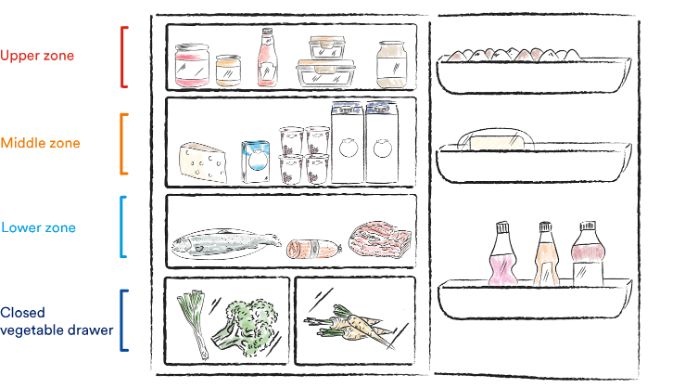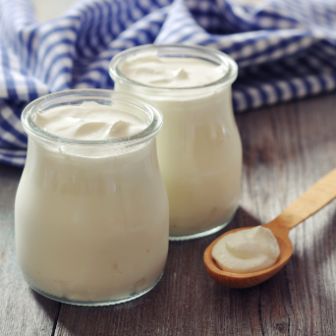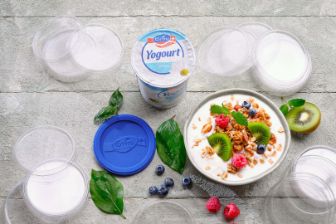
Leftovers from the holiday feast? The refrigerator guide
Every year, around 300 kilograms of food per Swiss resident are thrown away. It doesn’t have to be like this. With the right refrigerator system, food and leftovers from even lavish holiday menus will keep for longer.
At Emmi, we have set ourselves the goal of consistently avoiding food and packaging material waste. We can also play our part at home. For example, by critically examining the contents of our refrigerator. Show me the inside of your refrigerator and I’ll tell you who you are. There's something to that. Some people fill their refrigerator haphazardly. Others keep it so organised that you’re afraid to touch anything. Everything is vacuum-packed and the date is marked in waterproof pen.
No matter which type you are, it’s a good idea to take a closer look. According to the Federal Office for the Environment, the Swiss throw away around 300 kilograms of food per person every year. Some of this waste comes from private refrigerators. If you fill your refrigerator properly, food will last longer. This avoids food waste and saves money, too.
The refrigerator guide
It’s important to know that if you set your refrigerator to five degrees, this does not mean it’s exactly that temperature everywhere. There are different “climate zones” – three, to be precise: the lower, middle and upper zones. Because cold air sinks, the bottom is the coldest. The temperature can vary by up to five degrees between the lower and upper areas. This difference can have a significant impact on the shelf life of groceries.
You should store the things that require the coldest temperature at the bottom: fish, meat and sausages. The temperature of the middle zone is around five degrees – perfect for dairy products – so this is where milk, yogurt, cheese and cream belong. The top, where it is the warmest, is ideal for mustard, ketchup, jams and cooked food.
The vegetable drawer is usually at the very bottom, but because it is closed, the temperature there is not as cold. It’s perfect for broccoli, leeks and the like. The door compartment usually houses opened milk – a mistake, as it’s not cold enough there for this easily perishable product. The door is better suited for juices and the top part for butter and eggs, which can be easily stored at eight or nine degrees.

Package leftovers well
So if you have any meat left over from the festive feast, this food should be well packaged and stored as low down as possible. For cooked leftovers, such as rice or vegetables, it is sufficient to store them in the upper section. The important thing is to consume them within a few days.

Yogurt keeps longer than fresh milk
By the way, not all dairy products have the same shelf life. All products that undergo fermentation – yogurt, cream cheese and quark – are better protected against the bacteria that are found in the air, including in the refrigerator.
“During the production of yogurt, the pH value is lowered from 6.6 to 4.5, which curbs the growth of harmful bacteria,” explains Andreas Schnider, project manager for Dairy Product Development at Emmi. In contrast, fresh milk, mozzarella and desserts are trickier. “These should be placed in the refrigerator soon after shopping, especially in the warmer seasons.”
Cold is not always good: Some foods have no place in the refrigerator, for example bananas, mangos, apples and pears. Storing tomatoes there is not the best move either as they lose much of their aroma. Another tip from us: Emmi has excellent cheeses – such as the cave-aged ones from Kaltbach. To allow the aroma to fully develop, it’s worth taking them out of the refrigerator an hour before eating.
By the way: dairy products often keep longer than the stated best before date. As a rule of thumb, as long as a product smells and tastes good and there are no visible changes to it such as mould, it’s safe to consume. In order to avoid food waste, Emmi is supporting the efforts of Too Good To Go and added the words “often keeps longer” (german only) to a selection of products.



